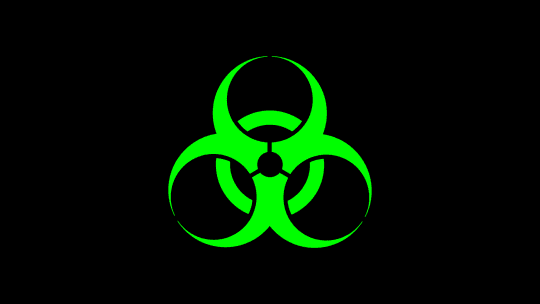
With the 2016 Olympics just around the corner, bringing with it concerns about Zika as well as the water and air quality in Rio de Janeiro, it's a good time to refresh our awareness for handling health crises.
Being able to respond quickly and effectively to such crises is not a skill that should be the sole domain of the CDC. In the case of Rio, just imagine how many organizations could potentially be called upon to address a wide-scale health disaster. The International Olympic Committee and the Brazilian Olympic Committee, obviously. The president, the mayor and local health organizations, sure. What about food service providers to the athletes? Or the many sponsors and supporters that will surely have their recognizable names and logos in camera view of any TV coverage of a crisis? Airlines and hotels that are catering to attendees of the Games? And this is only for the Olympics—when you think about it, there are countless organizations that could be damaged by association with a health crisis at any moment.
Michail Vafeiadis, PhD candidate at Pennsylvania State University, College of Communications, penned an article for the PR News Crisis Management Guidebook that delves into response strategies for just this kind of reputation-besmirching eventuality. Excerpted here, his list of tips for using social media platforms both before and after a health crisis hits:
1. Know what social media your stakeholders will use in a crisis. Make sure you understand those platforms and establish a presence in advance. Also, the more diverse social media platforms you use, the more likely your message will reach a wider audience.
2. Post statements rebutting false rumors or provide links with accurate facts.
3. Look at other organizations’ strategies, particularly their successes and failures, and see how they might work for you. Learn from the mistakes of others.
4. Educate and train an eclectic team who will be in charge of social media in the event of a crisis.
5. Customize your message according to the platform’s audiences (i.e. Facebook, Twitter, YouTube, LinkedIn). Different demographic groups have different social media preferences.
6. Provide a road map of action for the public with all the steps your organization plans to take to address the situation both in the short- and long-term.
7. Have a designated crisis spokesperson for media as well as a dedicated crisis response team for social media 24/7. Note that the CEO, especially in the first hours of a crisis, should be managing the crisis rather than talking to media.
8. Participate in any crisis preparedness drills scheduled in your organization. Craft your messages and test them with internal and external stakeholders.
9. Get ahead of the game and educate the public early in a crisis, before things escalate. By providing accurate facts, you not only stem misinformation but you also can win your stakeholders’ trust and establish yourself as an accurate and transparent source for information.
Follow Ian James Wright on Twitter: @ianwright0101
